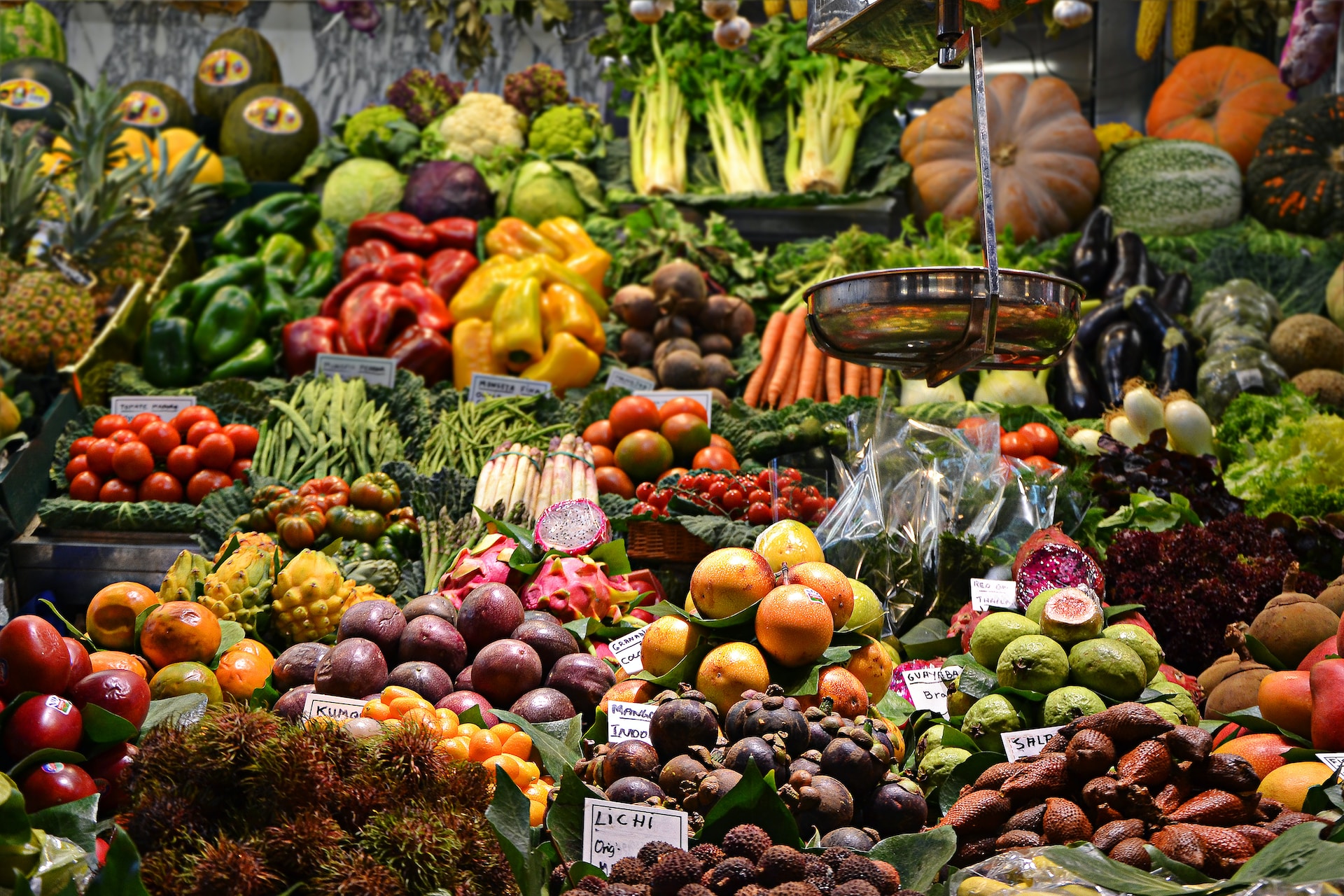Tackling the Price Hike: Strategies for Coping with Rising Food Prices
As food prices continue to rise, many consumers are facing the challenge of dealing with the impact on their budgets. The increasing cost of food can put a strain on household finances, making it essential to adopt strategies to cope with these rising prices. In this article, we will explore effective approaches for tackling the price hike and managing your expenses amidst the inflationary pressures in the food market.
Understanding the Factors
To effectively address the issue of rising food prices, it’s crucial to understand the factors that contribute to this trend. Some of the key drivers include:
- Supply and demand imbalances: Fluctuations in agricultural production, weather conditions, and global trade dynamics can create imbalances between the supply and demand for food. When the supply falls short of the demand, prices tend to rise.
- Cost of production: The cost of producing food, including factors like fuel, labor, and raw materials, can significantly impact its price. When these production costs increase, food prices tend to follow suit.
- Market speculation: Speculative trading and market volatility can also influence food prices. Speculators who bet on future price movements can create artificial price hikes or exacerbate existing ones.
- Currency exchange rates: Changes in currency exchange rates can affect the cost of imported food items. If the local currency weakens against foreign currencies, the cost of imported goods, including food, may rise.
Coping Strategies
While rising food prices may be beyond your control, there are practical steps you can take to cope with these challenges. Consider implementing the following strategies:
- Budgeting and planning: Create a realistic budget that accounts for increased food expenses. Plan your meals in advance, make a shopping list, and stick to it to avoid impulsive purchases.
- Smart shopping: Compare prices across different stores, look for discounts, and consider purchasing generic or store-brand products, which are often more affordable.
- Meal prepping and cooking at home: Cooking meals at home not only saves money but also allows you to have more control over the ingredients and portion sizes. Plan your meals for the week, prepare them in advance, and utilize leftovers creatively.
- Emphasize plant-based meals: Incorporate more plant-based ingredients into your meals. Plant-based proteins such as legumes, tofu, and tempeh tend to be more affordable than meat and can be just as nutritious.
- Buy in bulk and preserve food: Purchasing non-perishable items in bulk can help you save money in the long run. Additionally, consider preserving surplus produce through methods like canning, freezing, or drying to extend their shelf life.
- Support local and seasonal produce: Buying from local farmers’ markets or joining a community-supported agriculture (CSA) program can often provide you with fresher, more affordable produce that is in season.
- Grow your own food: If you have access to a garden or even a small balcony, consider growing your own fruits, vegetables, or herbs. This can not only reduce your food costs but also provide a rewarding and sustainable activity.
Community Support and Advocacy
Dealing with rising food prices requires collective action and advocacy to address systemic issues. Consider participating in or supporting initiatives that promote:
- Food education: Encourage educational programs that teach individuals and communities about nutritious, affordable food choices, meal planning, and cooking skills.
- Policy advocacy: Stay informed about policies related to agriculture, food production, and trade. Support initiatives that aim to promote fair and transparent food markets, reduce food waste, and address price disparities.
- Support sustainable agriculture: Investing in sustainable farming practices can enhance productivity and reduce the vulnerability of crops to climate change, leading to more stable food prices.
- Advocate for fair trade: Support fair trade initiatives to ensure that farmers receive fair compensation for their products, reducing the potential for exploitative pricing practices.
- Enhance food security: Implement measures to improve food security, such as strengthening social safety nets and supporting community food programs. This can help alleviate the impact of rising food prices on vulnerable populations.
By implementing a combination of individual strategies and advocating for broader policy changes, consumers can navigate the challenges posed by rising food costs and protect their wallets in the face of these inflationary pressures.
Conclusion
Rising food prices have a direct impact on consumers’ wallets, forcing them to allocate a larger portion of their income to meet their nutritional needs. Understanding the factors driving these price increases and adopting strategies to navigate the challenges can help individuals and families mitigate the impact on their budgets. With a combination of mindful spending, smart shopping, and informed decision-making, consumers can adapt to the changing food price landscape and ensure their financial well-being.











